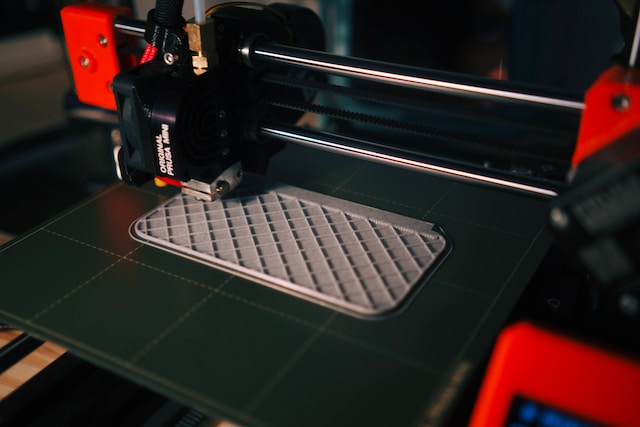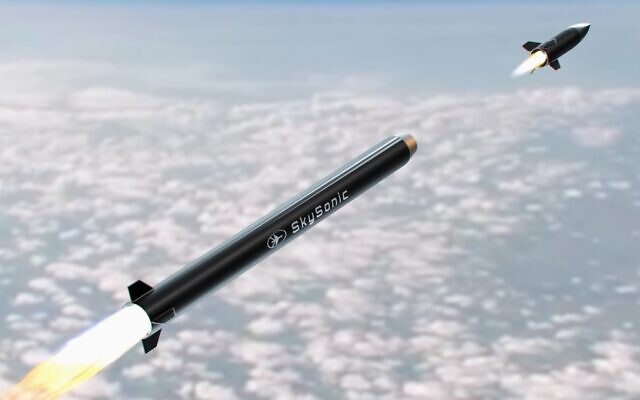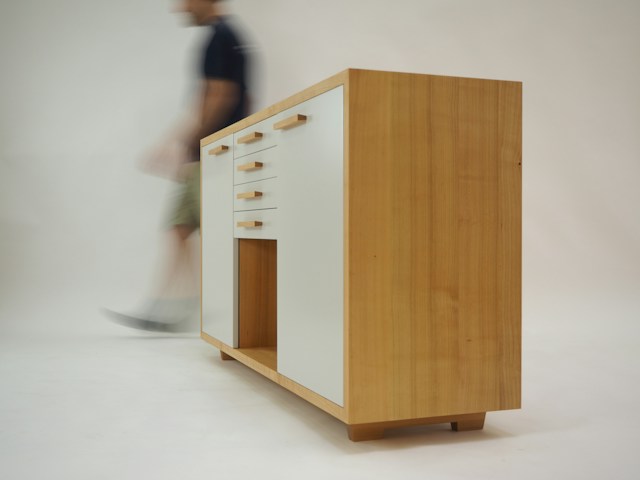Developing a Better Augmented Reality Experience
According to industry experts following vision technology, there are three main applications for smart contact lenses: biomedical sensing to measure physiological conditions in the body, displays that would create an augmented reality (AR) platform, and as a vision corrective technology that would revolutionize “passive” contact lenses.
Samsung may be developing smart contact lenses with thin and flexible electronics to provide a better experience than Google Glass and virtual reality (VR) devices. A recent report suggested that a significant number of people using VR headsets end up feeling dizzy and disoriented. Could it be that contact lens-based augmented reality could be a more pleasing experience?
According to a 2014 Samsung patent for smart contact lenses, a display projects images onto the wearer’s eye and includes a camera, antennas, and motion sensors. The US military and DARPA have been developing multi-focus augmented reality contact lenses for several years. Many other companies including Magic Leap have filed patents for AR contact lenses. Google, the patent churning machine, already has patents for solar powered “smart contact lenses” that contain electronics and sensors that can be worn by those with low blood sugar. If Google or its sister companies can create a new contact lens-based AR/VR platform, Apple’s mobile iOS software and apps could be adapted and used on it.
A Vision Revolution
Vision technologies are improving by the day, and a “Vision Revolution” is underway that is expected to blossom into a $150 billion a year industry. As far as Samsung is concerned, virtual reality headsets including Oculus Rift and HTC Hive may very well end up on the junk heap of old technology that was barking up the wrong tree. According to the patent, contact lens-based augmented reality would provide a more natural experience than larger headsets.
But creating VR contact lenses is a huge challenge as the shape of human eyes are far from uniform and getting the technology to work perfectly with each person’s eyes is difficult.
The following video explains Samsung’s patent for camera contact lenses.






